The 1990s were a seismic decade for music, a period where genre boundaries blurred and innovation exploded from every corner of the cultural landscape. Tuning into the radio was like stepping into a sonic kaleidoscope, each station a whirlwind of clashing yet captivating rhythms. Grunge roared from Seattle, gangsta rap pulsed from the coasts, dancehall rhythms vibrated, disco made a resurgence, and riot grrrl punk challenged the status quo. TRL showcased the rise of mall-pop icons, while countless electronica subgenres and Wu-Tang Clan’s sprawling universe offered endless sonic exploration. No matter your musical taste, the Nineties served up an overwhelming feast of sounds, far more than any single listener could possibly digest.
To attempt to encapsulate such a musically fertile decade in a single list is a monumental task. One could easily compile hundreds of exceptional tracks from the summer of ’94 alone. However, this curated selection of 50 essential songs endeavors to capture the electrifying essence of the 90s music explosion. From chart-topping hits to underground gems, cult classics to dance floor anthems, guitar-driven rock to karaoke staples, these tracks represent pivotal moments from across the diverse tapestry of 90s music. So, buckle up and prepare for a journey back to a decade of unparalleled sound. Here we are now, let us entertain you with the Songs Of The 90s.
Fuzzy, “Flashlight” (1994)
Emerging from the Boston underground scene and quickly fading back into obscurity, Fuzzy gifted the world a fleeting moment of brilliance with “Flashlight.” This quintessential quasi-grunge track features a melancholic female vocalist delivering barely decipherable lyrics about navigating emotional darkness with a flashlight. Largely missed by the mainstream, except for those fortunate enough to catch it during MTV’s 120 Minutes late-night slots, “Flashlight” begs the question: how many other exceptional quasi-grunge songs remain buried on forgotten major-label albums from the post-Nirvana gold rush, waiting to be unearthed? While few may reach the heights of this hidden gem, the search for such musical treasures is always worthwhile.
Britney Spears, “Sometimes” (1999)
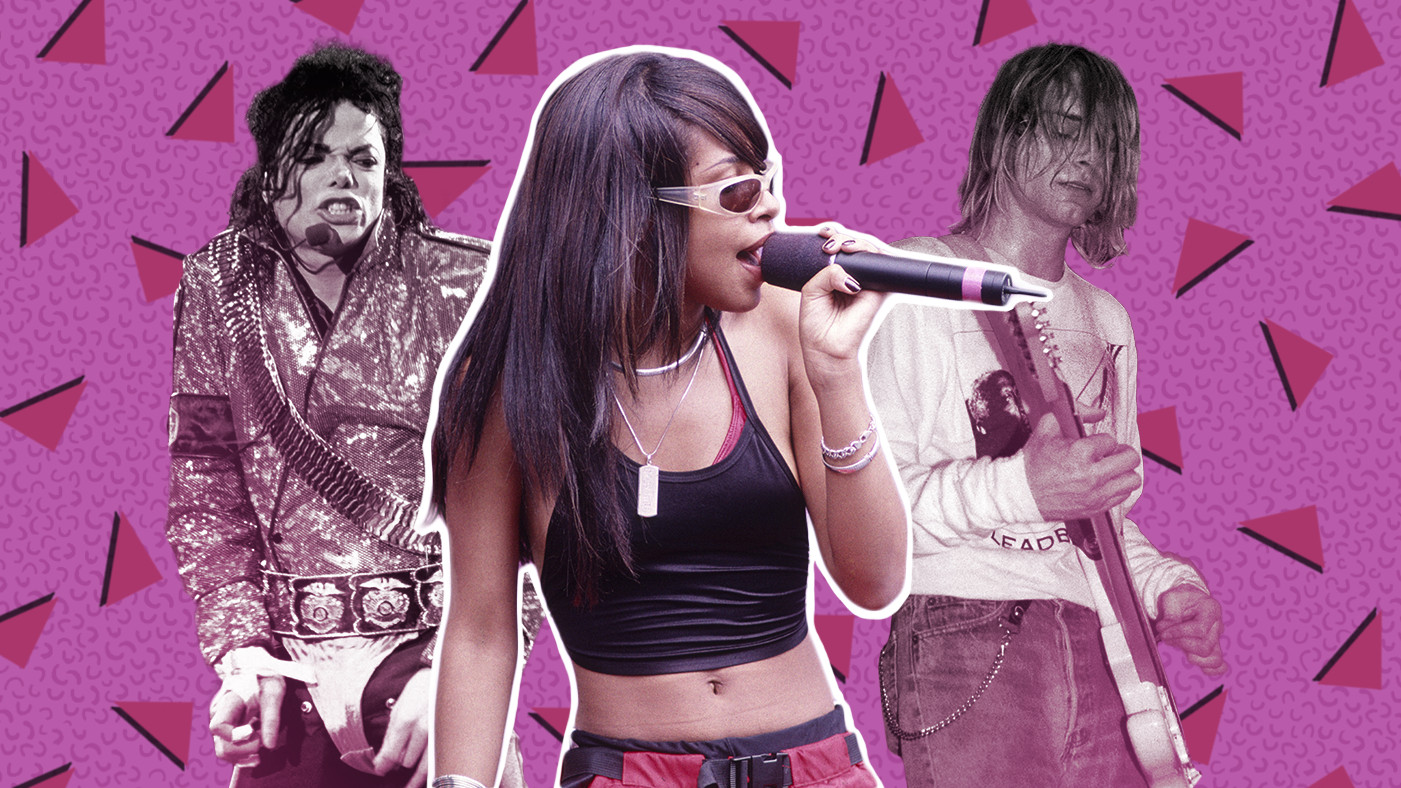 Britney Spears in a white dress, standing on a beach with blue sky and ocean in the background, representing 90s pop music icon.
Britney Spears in a white dress, standing on a beach with blue sky and ocean in the background, representing 90s pop music icon.
Britney Spears’ “Sometimes” served as more than just her second hit; it was her first triumphant comeback, solidifying her status as a lasting force in pop music. Skeptics questioned whether the “…Baby One More Time” sensation could maintain her momentum into the spring of 1999. “Sometimes” became a Total Request Live staple, proving Britney’s staying power and establishing her as the blueprint for a new generation of pop stars. This song signaled a clear shift, welcoming audiences to the dawning of the next century of pop.
The Offspring, “Self Esteem” (1994)
Hailing from Orange County’s hardcore scene, The Offspring unexpectedly achieved mega-platinum success with “Self Esteem,” a catchy anthem exploring themes of masochism and relationships. The song’s enduringly quotable line, “I may be dumb, but I’m not a dweeb,” resonated with audiences, particularly those who perhaps identified with the song’s self-deprecating protagonist. “Self Esteem” remains a relevant and humorous observation on relationship dynamics and self-perception.
Selena, “Fotos y Recuerdos” (1994)
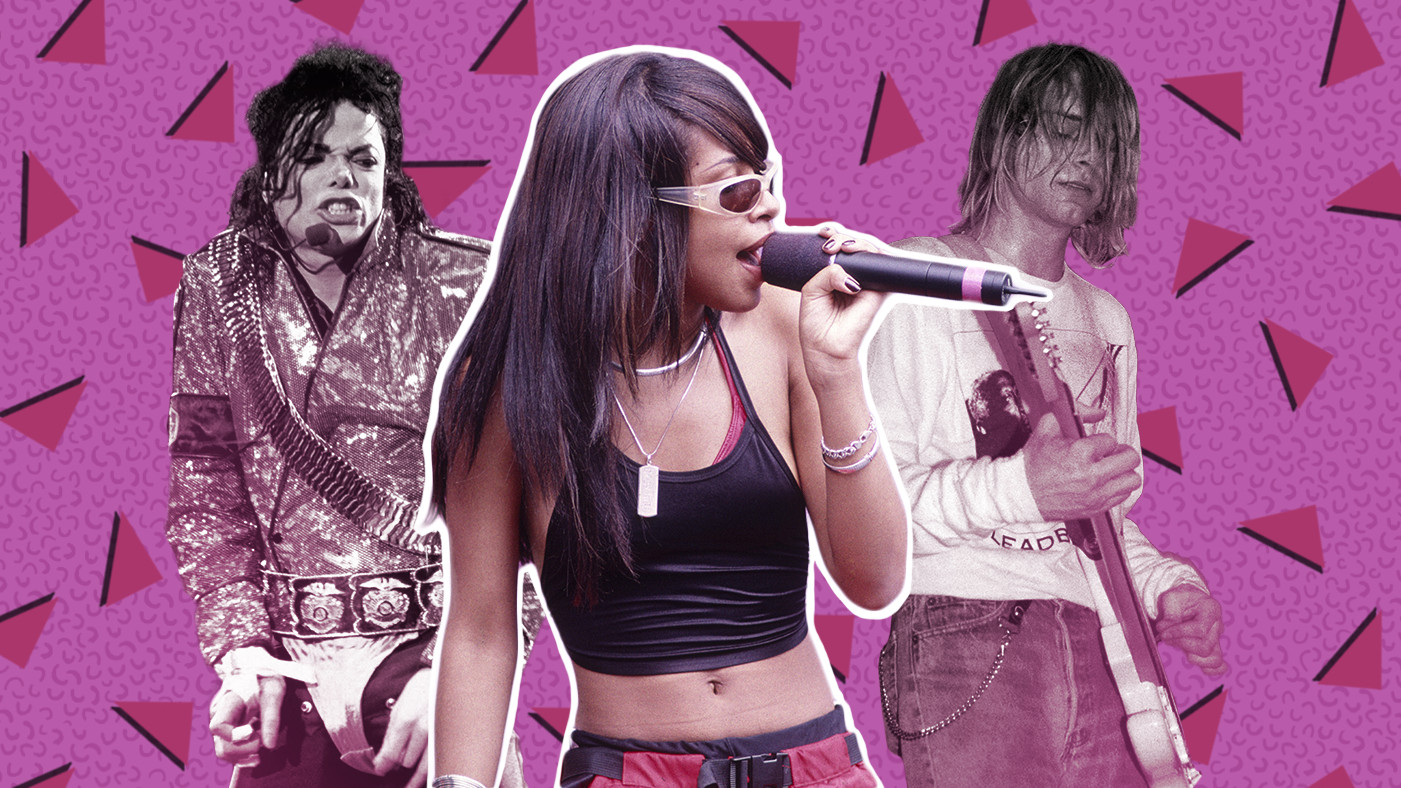 Selena performing on stage in a sparkly outfit, showcasing Latin music in the 90s.
Selena performing on stage in a sparkly outfit, showcasing Latin music in the 90s.
Selena, the undisputed queen of Tejano music, masterfully reimagined The Pretenders’ classic “Back on the Chain Gang” with “Fotos y Recuerdos.” Translated into Spanish, the song became a poignant and powerful expression of love and memory. Tragically, “Fotos y Recuerdos” reached the Top Five on the Billboard Latin charts the week of Selena’s untimely death, cementing its place as a bittersweet tribute to her legacy and the impact of Latin music in the 90s.
Silver Jews, “Random Rules” (1998)
Imagine a honky-tonk lounge in the depths of hell, closing time approaching, and David Berman’s melancholic voice filling the air. “Random Rules” by Silver Jews is that song. Berman’s fractured, barstool philosophy and world-weary crooning create a uniquely atmospheric track, perfect for late-night introspection and contemplation. This song captures a distinct mood within the broader spectrum of 90s alternative music.
Lil Kim With Lil Cease, “Crush on You (Remix)” (1997)
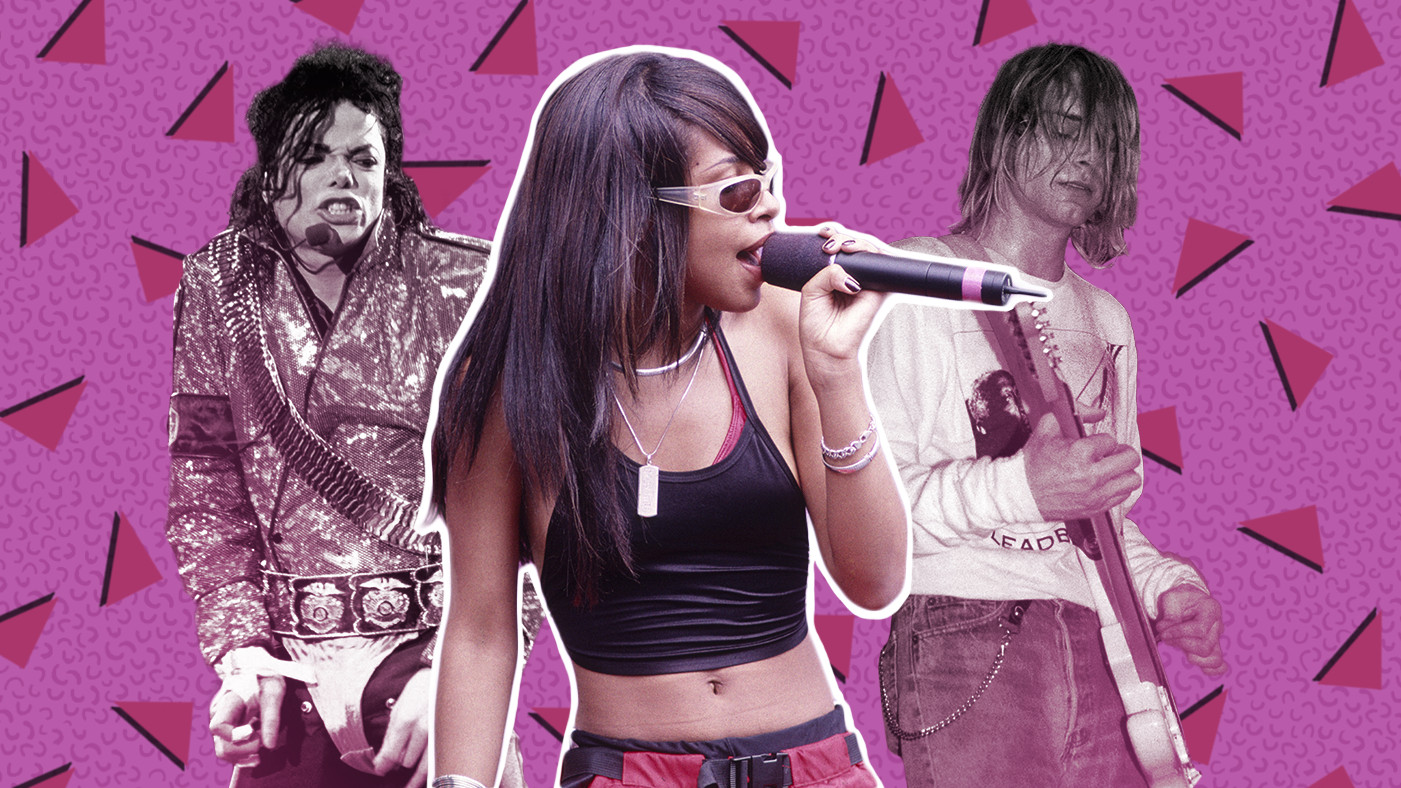 Lil' Kim performing on stage in a fur coat, embodying 90s hip hop fashion and female empowerment.
Lil' Kim performing on stage in a fur coat, embodying 90s hip hop fashion and female empowerment.
“Crush on You (Remix)” epitomizes the Bad Boy Records sound of the late 90s. A hauntingly melancholic synth loop provides the backdrop for Lil Cease, stepping into Biggie’s shoes, and the undeniable bravado of Lil’ Kim, the Queen Bee herself. Showcasing her signature style and confidence, Kim’s performance, complete with her iconic wigs and furs, solidifies her reign in 90s hip hop. The call and response, “Shall I proceed?” “Yes, indeed!” became instantly iconic.
Stereolab, “Cybele’s Reverie” (1996)
“Voulez vous coucher avec le revolution?” Stereolab, the European avant-garde collective, crafted album after album of intellectually stimulating and sonically lush agitprop trance-prog. “Cybele’s Reverie” stands as their magnum opus, a perfect distillation of their unique blend of vintage keyboards, hypnotic rhythms, and politically charged lyrics. This track represents the more experimental and cerebral side of 90s music.
Supergrass, “Alright” (1995)
 Supergrass band members jumping in the air, capturing the youthful energy of 90s Britpop.
Supergrass band members jumping in the air, capturing the youthful energy of 90s Britpop.
Choosing just one song from the Clueless soundtrack to represent 90s pop culture is a near-impossible task, much like trying to find profound meaning in a Pauly Shore movie. However, Supergrass’ “Alright,” with its infectious energy and youthful exuberance, perfectly encapsulates the carefree spirit of the era, and its inclusion in the iconic film solidified its place as a 90s anthem.
Ace of Base, “The Sign” (1994)
Ace of Base, the world’s most surprisingly successful Swedish reggae-influenced band, achieved global domination with “The Sign.” The lyrics, while endearingly quirky in their English phrasing (“Life is demanding/Without understanding”), contributed to the song’s unique charm. “The Sign” became a defining sound of the decade, emblematic of a particular brand of 90s pop that embraced global influences and unconventional lyricism.
Sophie B. Hawkins, “Damn I Wish I Was Your Lover” (1992)
 Sophie B. Hawkins singing into a microphone, portraying 90s alternative female artists.
Sophie B. Hawkins singing into a microphone, portraying 90s alternative female artists.
Sophie B. Hawkins, channeling a bohemian sex priestess persona, delivered a powerful and vulnerable performance with “Damn I Wish I Was Your Lover.” Her raw vocal delivery and confessional lyrics about unrequited desire resonated deeply with listeners. The strategically placed “damn” in the title and lyrics added an edge, perfectly capturing the emotional intensity of the song.
Big Pun Feat. Joe, “Still Not a Player” (1998)
Representing Uptown, Bronx, Big Pun, the late and greatly missed MC, collaborated with R&B crooner Joe on “Still Not a Player.” Set against a backdrop of smooth lovers-rock piano, the track became a crossover hit, appealing to both hip hop and R&B audiences. With lyrics celebrating “highly intelligent bachelorettes” and incorporating a pan-cultural party chant (“boricua, morena“), “Still Not a Player” showcased Big Pun’s lyrical prowess and charisma. R.I.P., Pun – his legacy extends far beyond just being a “player.”
Sebadoh, “Brand New Love” (1992)
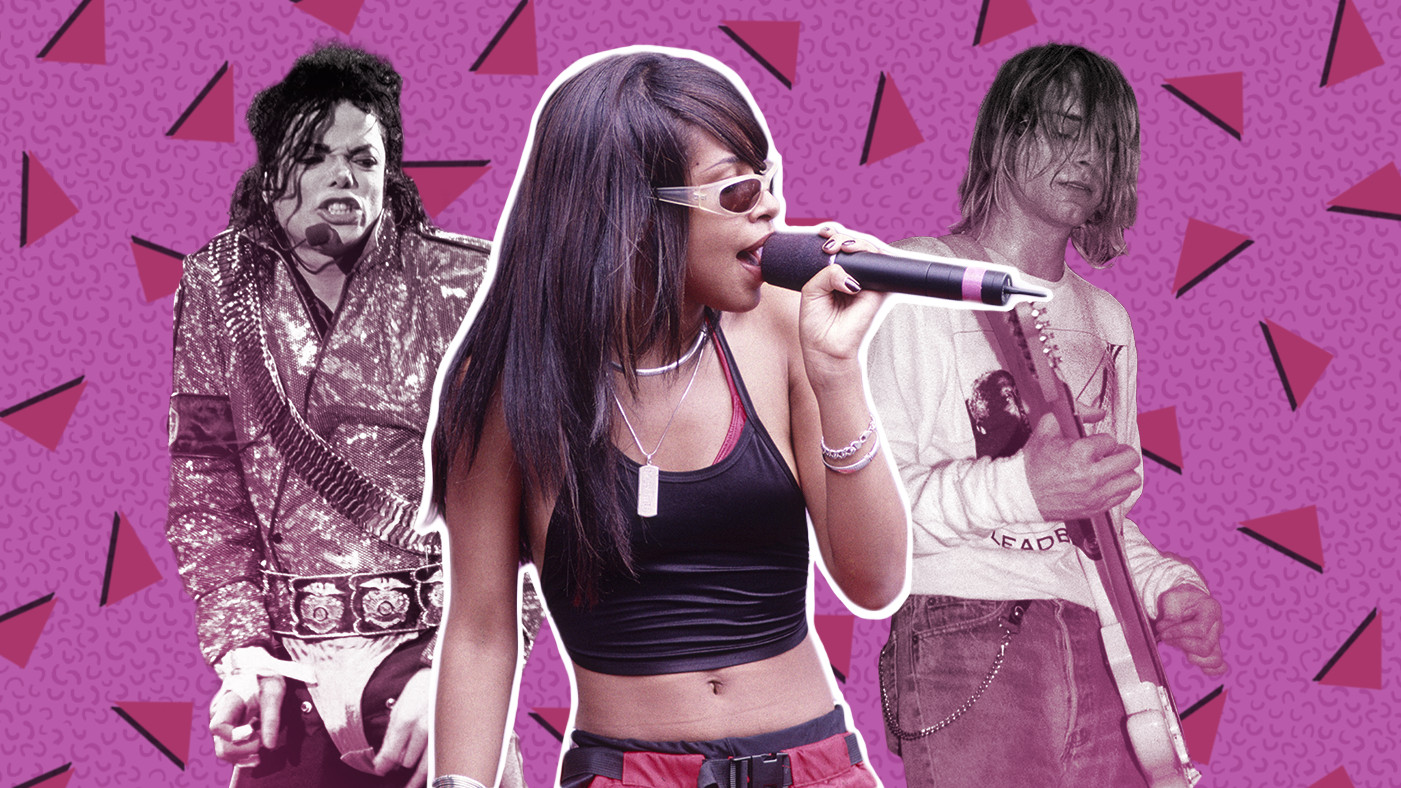 Sebadoh band performing with guitars, representing 90s indie rock music.
Sebadoh band performing with guitars, representing 90s indie rock music.
Sebadoh, known for their lo-fi punk aesthetic, took a surprisingly tender turn with “Brand New Love.” This folk-infused ballad, punctuated by bursts of feedback, explores the vulnerability of opening oneself to new emotions and connections. “Brand New Love” marked a step towards emotional maturity for the band, resonating with listeners navigating the complexities of relationships in the 90s.
Geto Boys, “Mind Playing Tricks on Me” (1991)
“Mind Playing Tricks on Me” by Geto Boys remains one of the most chilling and impactful gangsta rap narratives ever recorded. The song paints a vivid and disturbing picture of paranoia and mental anguish within a harsh urban environment. Willie D’s visceral performance, culminating in the image of him pounding his bloody fists on concrete, combined with the unsettling jazz-fusion loop, creates an unforgettable and haunting listening experience.
New Radicals, “You Get What You Give” (1998)
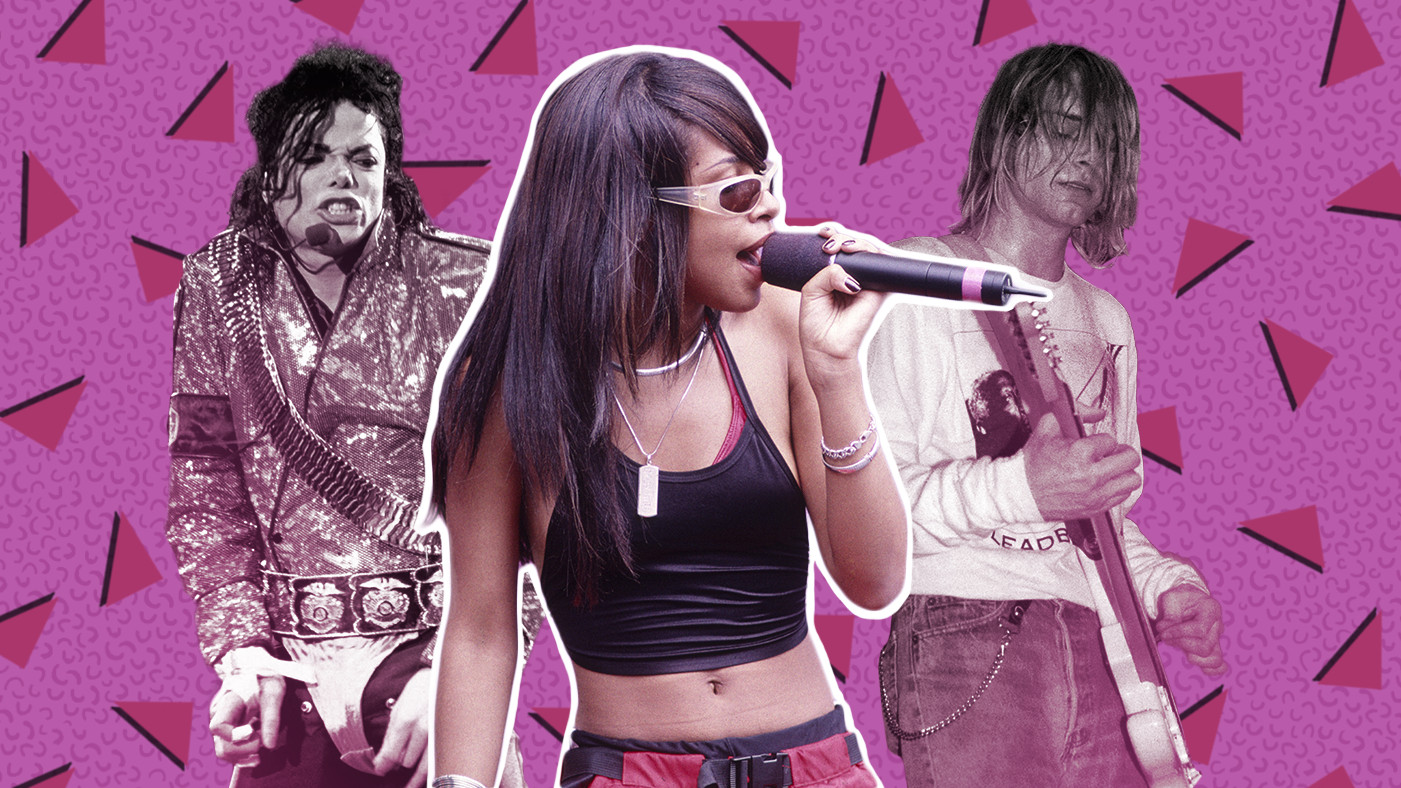 New Radicals frontman Gregg Alexander wearing a bucket hat, embodying 90s one-hit wonders.
New Radicals frontman Gregg Alexander wearing a bucket hat, embodying 90s one-hit wonders.
New Radicals and “You Get What You Give” are synonymous with the term “one-hit wonder,” but what a wonder it was. This anthemic, gloriously grandiose track, complete with a bucket-hat-wearing frontman, a mall-riot themed video, and cheeky insults directed at Beck, Hanson, Courtney Love, and Marilyn Manson, captured the zeitgeist of late 90s youth culture. Despite their brief moment in the spotlight, the New Radicals left an indelible mark with this iconic song. Interestingly, the frontman later received an Oscar nomination for Begin Again in 2015, though sadly, the bucket hat remained absent from the red carpet.
Portishead, “Glory Box” (1994)
Portishead’s “Glory Box” defined the sound of elegant trip-hop melancholy. Beth Gibbons’s haunting vocals, drenched in sorrow, intertwine with a timeless sample of Isaac Hayes’s cheeba-infused 70s funk. This masterful combination of vintage soul and modern production created a sound that was both timeless and distinctly 90s. The sample was notably revived in 2015 by Alessia Cara, demonstrating the song’s enduring influence across generations.
Sheryl Crow, “If It Makes You Happy” (1996)
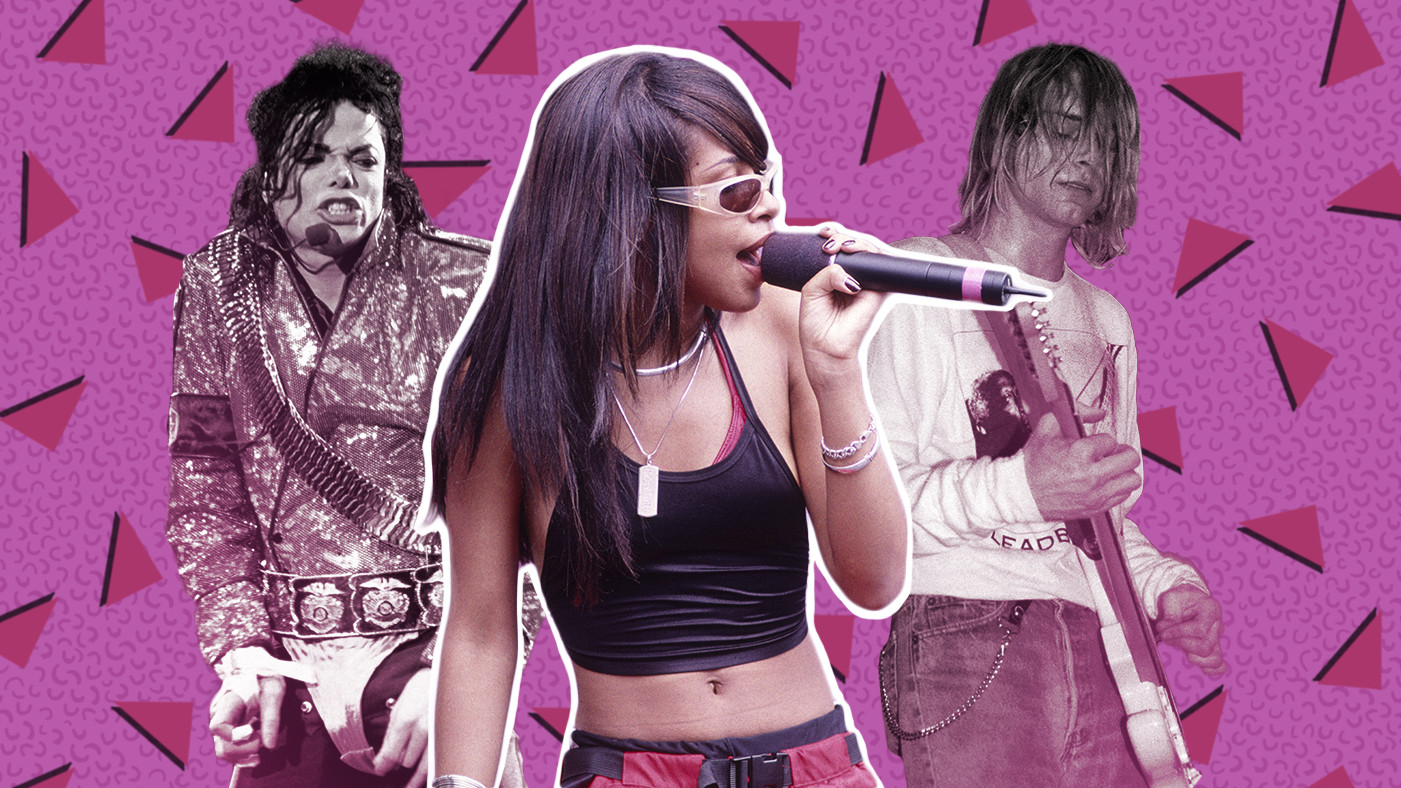 Sheryl Crow playing guitar on stage, representing 90s female rock artists.
Sheryl Crow playing guitar on stage, representing 90s female rock artists.
Sheryl Crow’s “If It Makes You Happy” resonated with 90s audiences for its relatable lyrics and laid-back rock vibe. The line about “scraping the mold off the bread” became particularly iconic, perfectly encapsulating the decade’s slacker ethos and stoner-tinged rock & roll sensibility. Crow’s songwriting and performance cemented her place as a prominent figure in 90s music.
En Vogue, “Don’t Let Go (Love)” (1996)
En Vogue, the reigning divas of funk and soul, delivered their steamiest slow jam with “Don’t Let Go (Love).” The song explores the complexities of love, heartbreak, and emotional vulnerability with their signature vocal harmonies and powerful delivery. The standout moment, “If I could wear your clothes… I’d pretend I was you… and looooose controoool!” perfectly captures the song’s passionate and dramatic essence.
Helium, “XXX” (1994)
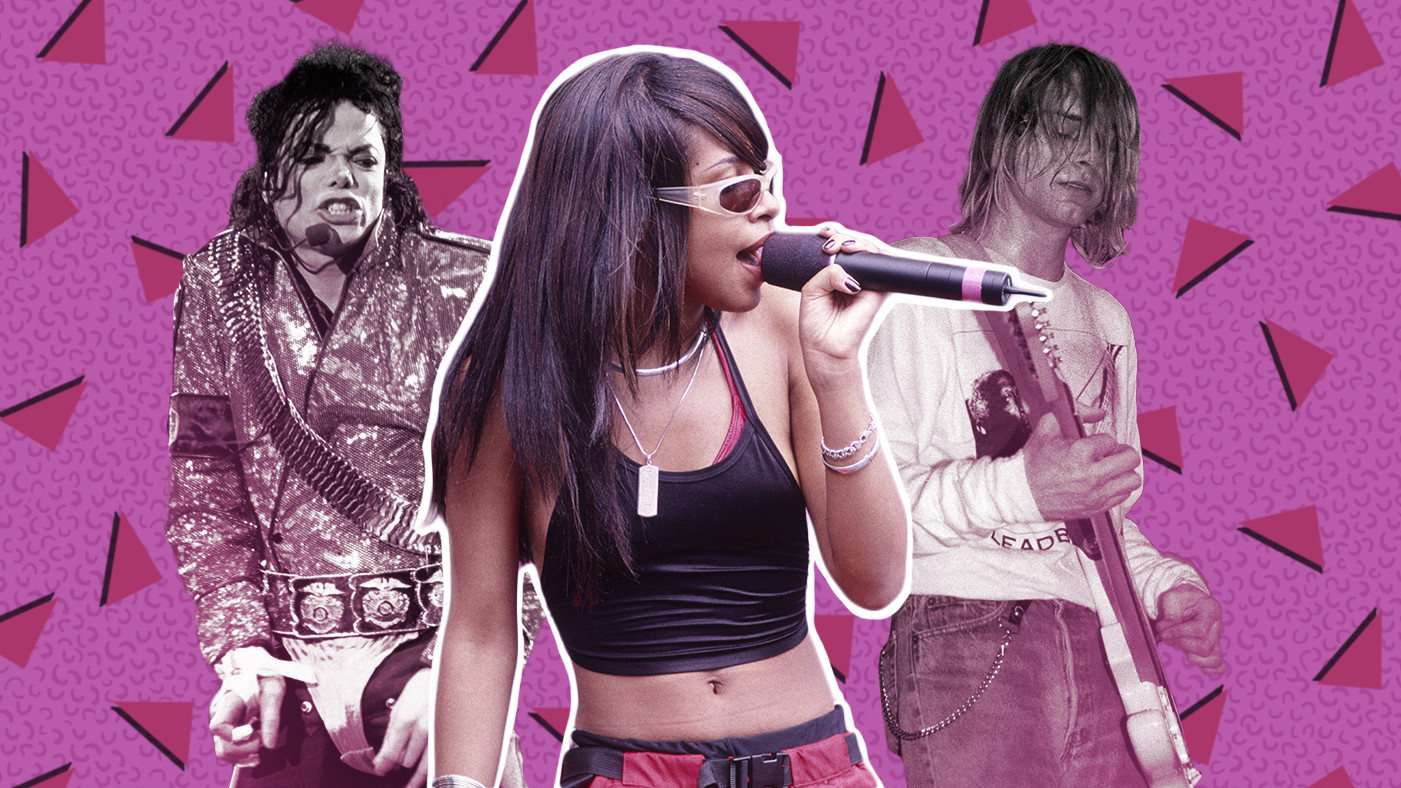 Mary Timony of Helium playing guitar, representing 90s indie female musicians.
Mary Timony of Helium playing guitar, representing 90s indie female musicians.
Mary Timony, a guitar heroine who later graced bands like Wild Flag and Ex Hex, showcased her unique talent with Helium’s “XXX.” The song begins as a sweet, seemingly innocent ballad before taking a darkly humorous turn. Timony’s deadpan delivery of kiss-off lines like “My heart is a cab…your love is a fad…and you’re a draaag!” combined with her guitar work that is described as lethal, creates a captivatingly quirky and powerful track.
Foxy Brown With Jay Z, “I’ll Be” (1996)
“I’ll Be” marked a pivotal moment for both Foxy Brown and Jay-Z. Foxy Brown’s bold declaration, “I’m 2 live, nasty as I wanna be,” asserted her confidence and sexuality. Jay-Z, fresh on the scene with Reasonable Doubt, responded with the playful warning, “Don’t shake your sassy ass in front of me.” This collaboration showcased Jay-Z’s early mastery and hinted at his enduring reign in hip hop, while solidifying Foxy Brown’s status as a force to be reckoned with.
Underworld, “Born Slippy .Nuxx” (1996)
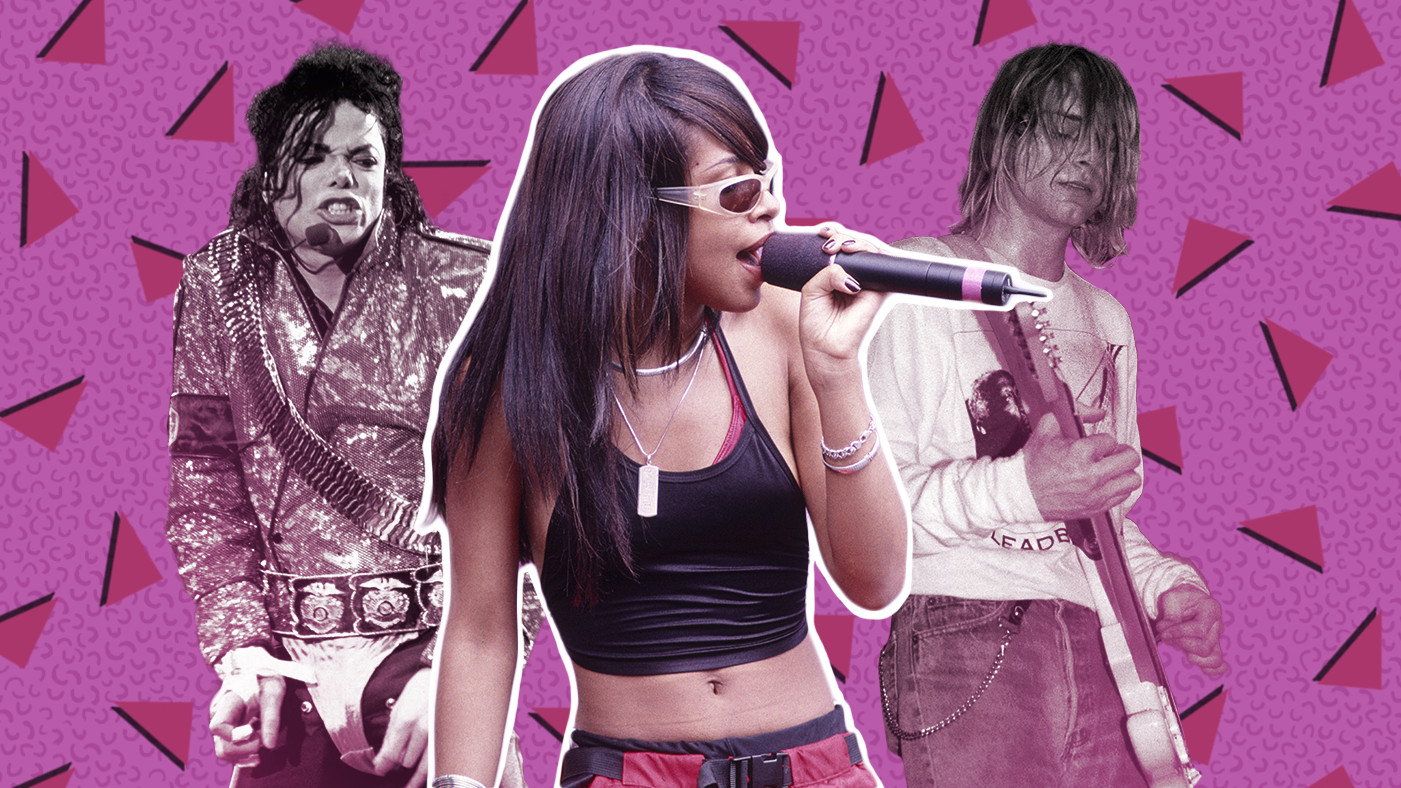 Underworld performing electronic music live, representing 90s techno and electronic dance music.
Underworld performing electronic music live, representing 90s techno and electronic dance music.
Underworld’s “Born Slippy .Nuxx” is a sonic explosion of techno sensory overload. Its inclusion in the культовый film Trainspotting catapulted it to mainstream popularity, particularly the iconic “lager lager lager lager” chant. The track’s frenetic energy and pulsating rhythms became synonymous with 90s rave culture and electronic dance music, although, as the description humorously suggests, lager might have been the least intoxicating substance involved in its creation.
Sir Mix-A-Lot, “Baby Got Back” (1992)
“Baby Got Back” by Sir Mix-A-Lot is, quite simply, about the butt. This unapologetically pro-curves anthem permeated global pop culture, with practically everyone in the English-speaking world able to quote its memorable lines. The song’s playful humor and body-positive message made it a cultural phenomenon and a defining track of early 90s hip hop.
Fiona Apple, “Paper Bag” (1999)
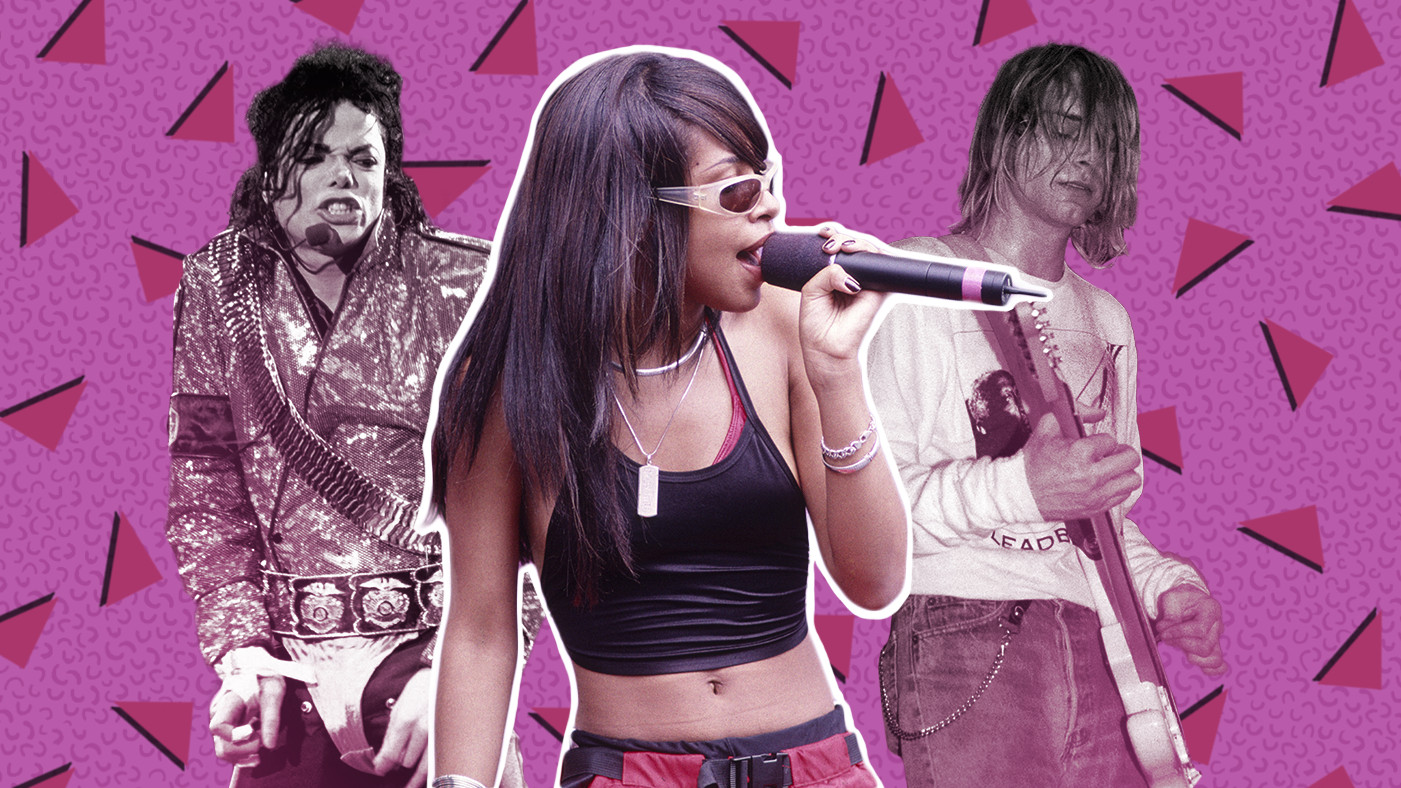 Fiona Apple sitting at a piano, representing 90s alternative female singer-songwriters.
Fiona Apple sitting at a piano, representing 90s alternative female singer-songwriters.
Fiona Apple’s “Paper Bag” is a poignant and introspective track that encapsulates the disillusionment of love and relationships. The simple yet powerful line, “She thought he was a man, but he was just a little boy,” speaks volumes about the complexities of romantic expectations and the often-painful realities of love. Apple’s raw vulnerability and insightful lyrics cemented her place as a leading voice in 90s alternative music.
Weezer, “Pink Triangle” (1996)
Long before “overshare” became a common term, Weezer’s Rivers Cuomo took lyrical vulnerability to a new level with “Pink Triangle.” This seemingly straightforward love song takes a humorous and self-deprecating turn as Cuomo grapples with his own misinterpretations and “straight-dude dumbitude.” While self-aware, the song’s candid exploration of awkwardness and romantic missteps resonated with listeners, even if Cuomo jokingly compared his own songwriting to Nirvana’s, albeit in his own mind.
Daft Punk, “Around the World” (1997)
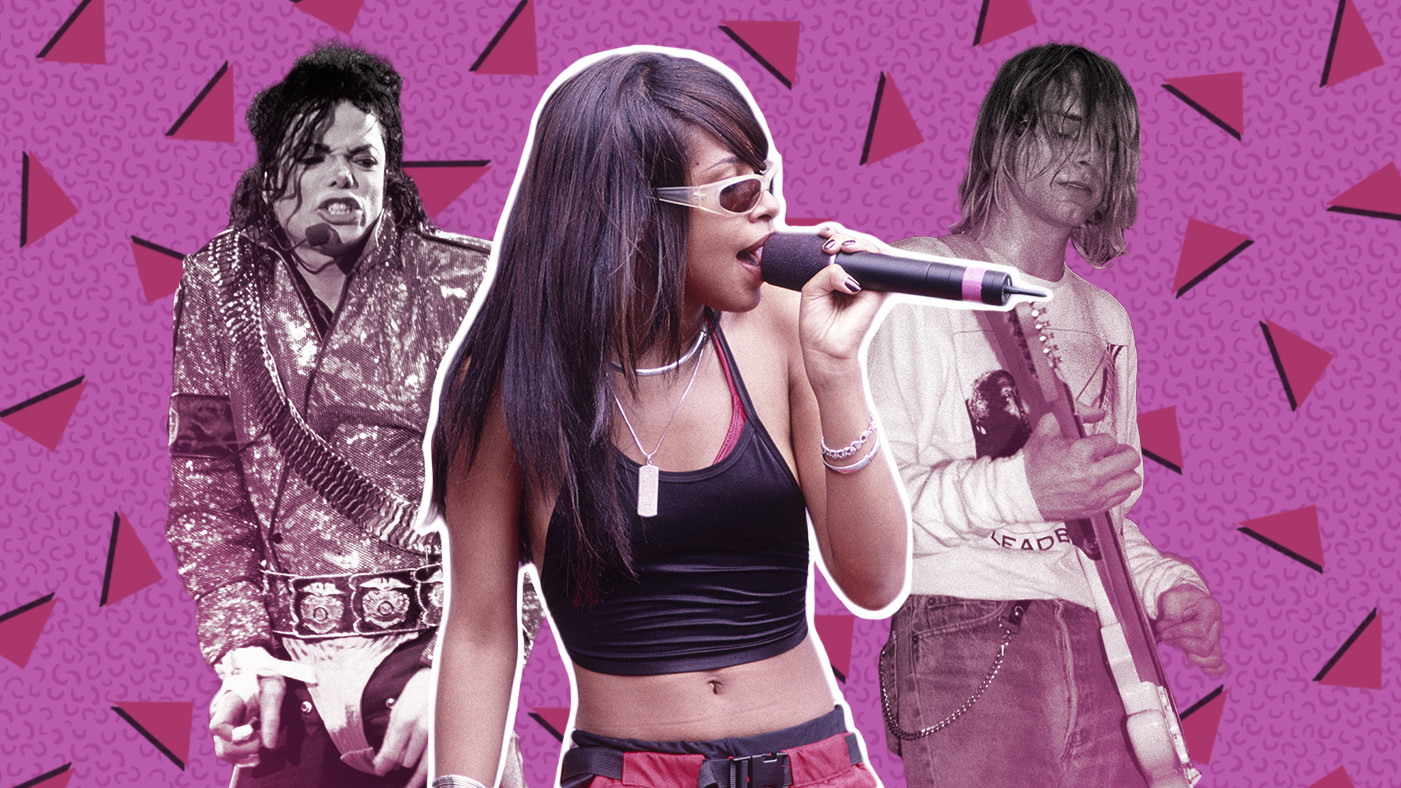 Daft Punk performing in their iconic helmets, representing 90s electronic music innovation.
Daft Punk performing in their iconic helmets, representing 90s electronic music innovation.
Daft Punk, the enigmatic French techno robots, revolutionized electronic music with “Around the World.” Built upon a foundation of the Chic “Good Times” bass line, the track takes listeners on a hypnotic monorail journey through sound. Their signature filter-house sound, showcased in “Around the World,” launched countless imitators and solidified their status as pioneers of 90s electronic music.
Natalie Imbruglia, “Torn” (1998)
“Torn” by Natalie Imbruglia transcended mere karaoke fodder; it became the quintessential karaoke anthem of the late 90s. While karaoke itself reached peak popularity in 1998, “Torn” remained a tear-jerker classic. Despite its melancholic lyrics about heartbreak, the description humorously points out Imbruglia’s celebrity romances, suggesting she may not actually need a shoulder to cry on, adding a touch of playful irony to the song’s emotional impact.
Harvey Danger, “Flagpole Sitta” (1998)
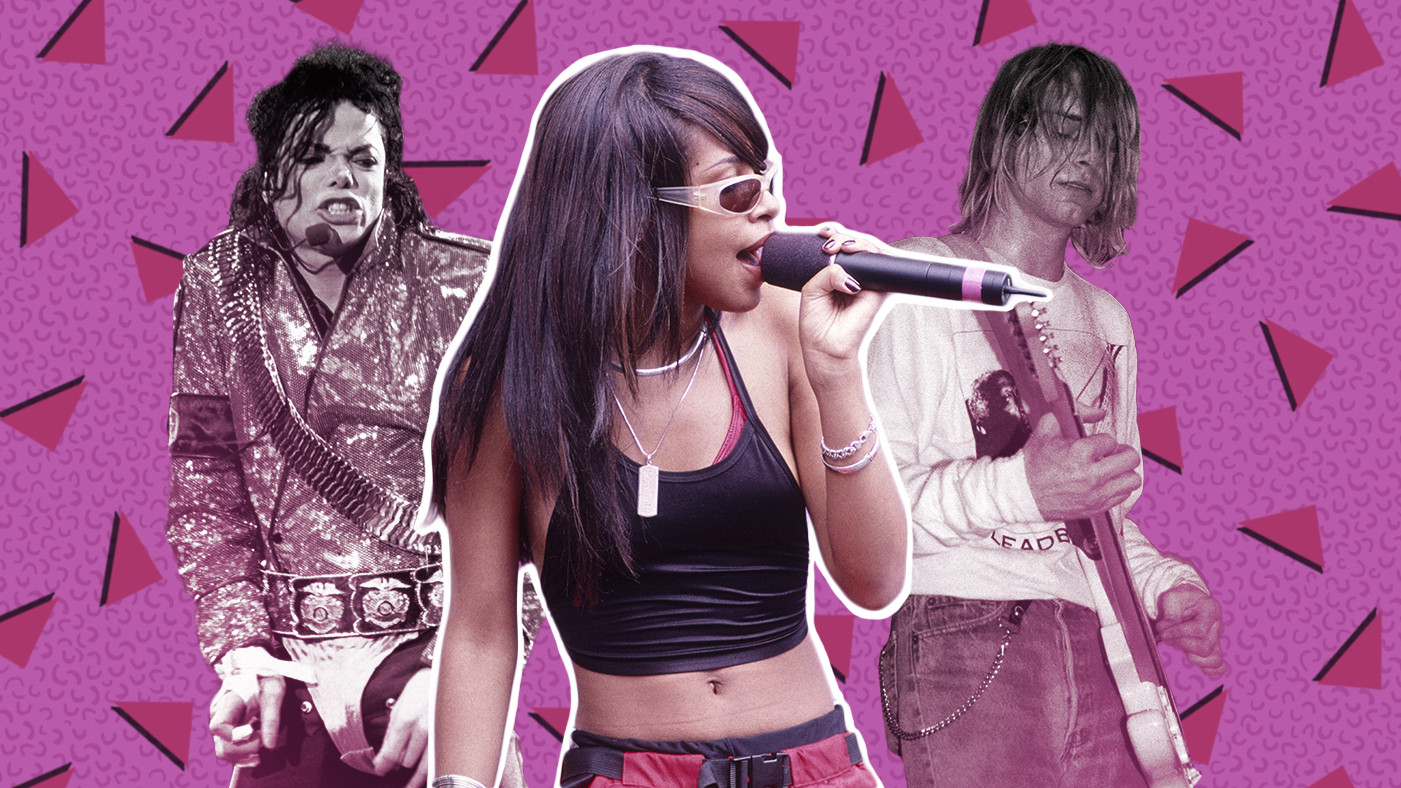 Harvey Danger band performing on stage, representing 90s alternative rock and one-hit wonders.
Harvey Danger band performing on stage, representing 90s alternative rock and one-hit wonders.
Similar to “Torn,” Harvey Danger’s “Flagpole Sitta” achieved karaoke immortality. The lyrics, “I wanna publish zines and rage against machines,” perfectly encapsulated the 90s alternative mindset, while “I don’t even own a TV” became a humorous marker of the era’s hipster sensibilities, a phrase that quickly became outdated as the decade ended. “Flagpole Sitta” serves as a nostalgic and witty snapshot of 90s alternative culture.
Aaliyah, “Are You That Somebody” (1998)
Aaliyah’s “Are You That Somebody” is a testament to Timbaland’s groundbreaking and avant-garde production style. Despite its unconventional and experimental soundscape, Aaliyah’s effortlessly cool vocals transformed it into a bonafide pop hit. The song’s innovative sound and Aaliyah’s smooth delivery cemented her status as a trendsetter in 90s R&B.
Oasis, “Wonderwall” (1995)
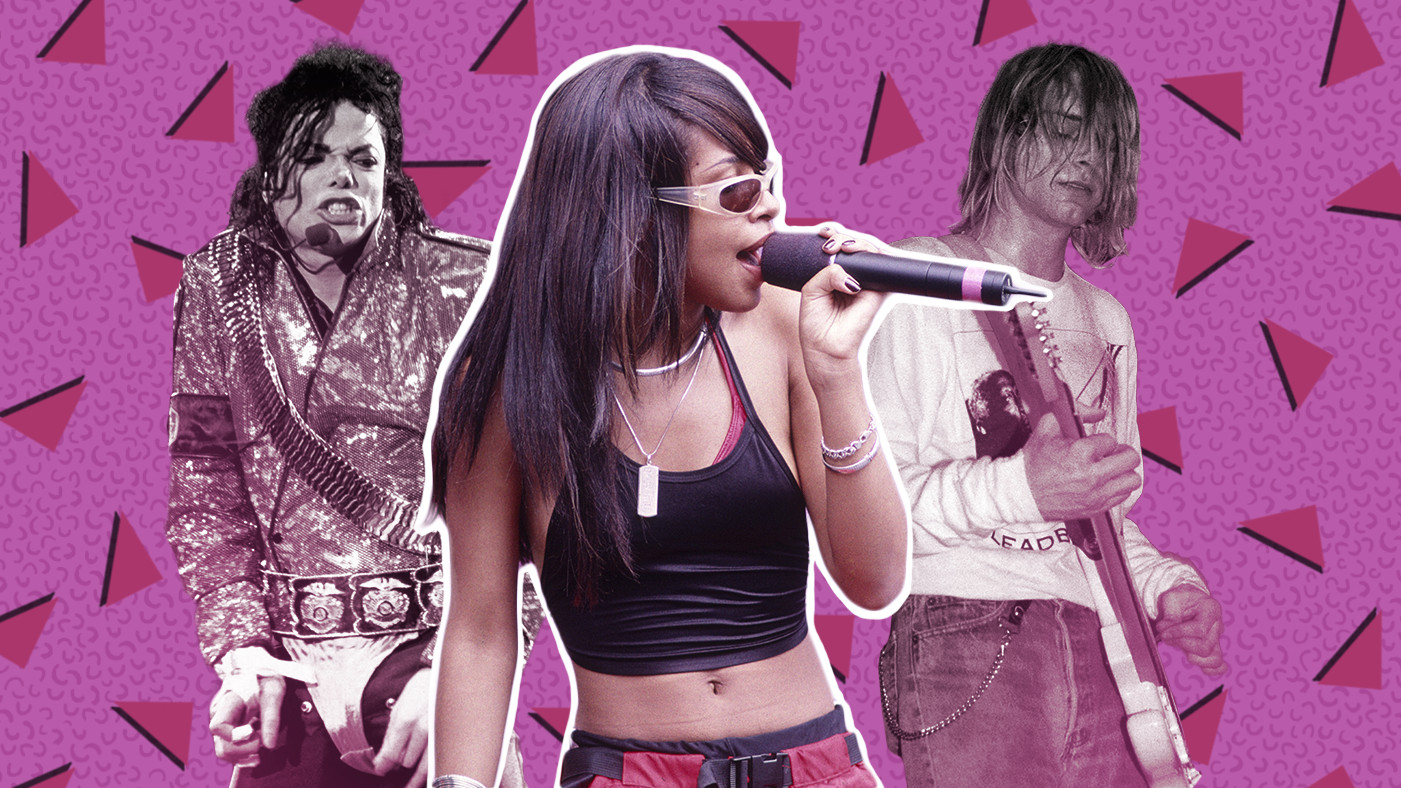 Oasis band performing live, representing 90s Britpop and iconic anthems.
Oasis band performing live, representing 90s Britpop and iconic anthems.
Noel Gallagher himself admitted the enigmatic nature of the “Wonderwall,” and its meaning remains open to interpretation. However, the ambiguity of the term didn’t diminish the song’s power. “Wonderwall” by Oasis became an instant singalong anthem, capable of transforming any space into a boisterous pub gathering, even if slightly out of tune. Its enduring popularity speaks to the power of its melody and anthemic qualities, solidifying its place as a Britpop classic and a song of the 90s.
Mobb Deep, “Shook Ones Pt. II” (1995)
“Shook Ones Pt. II” by Mobb Deep is often hailed as the hip-hop equivalent of the Rolling Stones’ “Gimme Shelter,” a stark and unflinching portrayal of urban reality. Prodigy and Havoc, the Queensbridge duo, delivered raw and unflinching lyrics from the heart of a combat zone where vulnerability, or any display of emotion, could be fatal. The chilling message, “there ain’t no such thing as halfway crooks,” and the song’s overall atmosphere have only intensified with time, cementing Mobb Deep’s reputation as one of the hardest and most authentic voices in 90s East Coast hip hop.
Smashing Pumpkins, “1979” (1995)
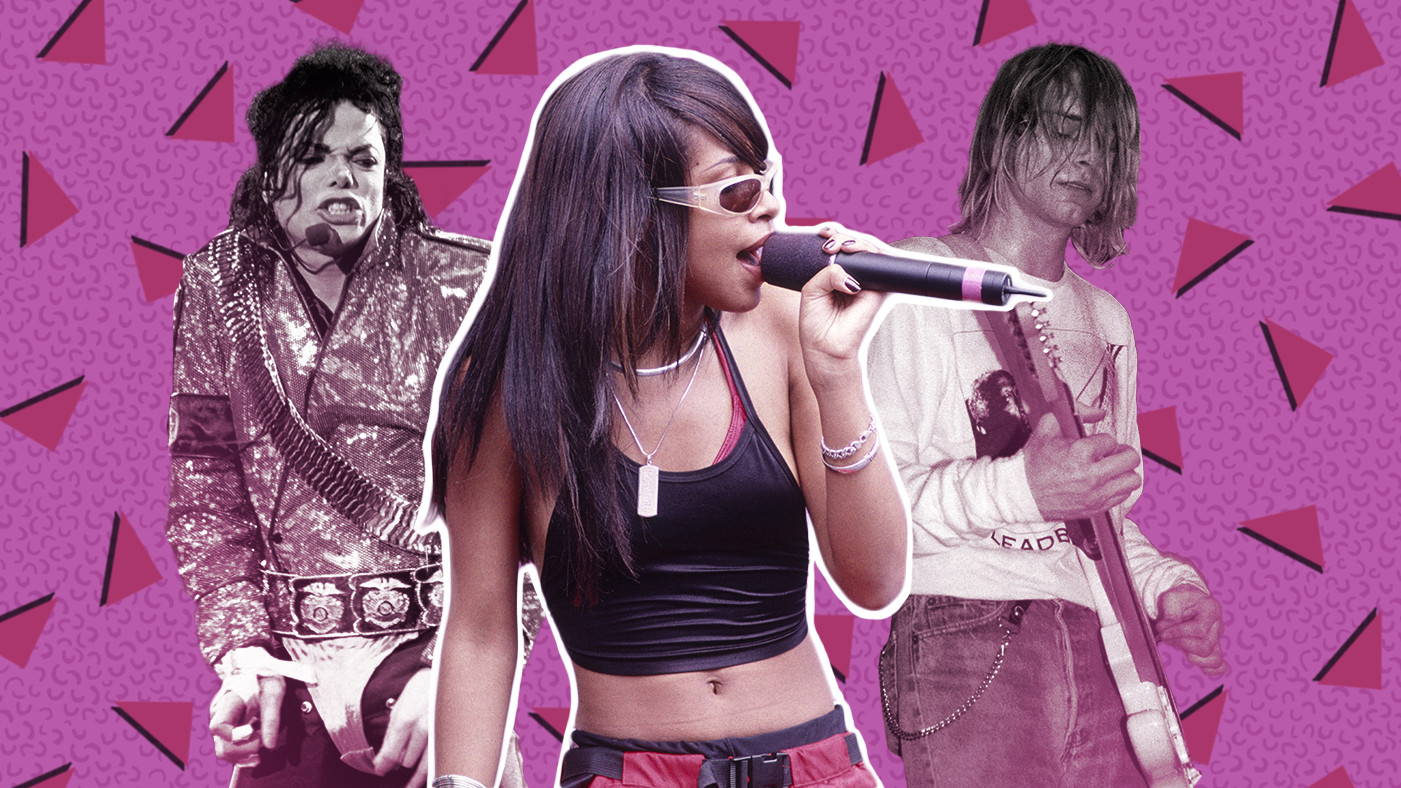 Billy Corgan of Smashing Pumpkins performing on stage, representing 90s alternative rock and introspective lyrics.
Billy Corgan of Smashing Pumpkins performing on stage, representing 90s alternative rock and introspective lyrics.
Billy Corgan’s “1979” by Smashing Pumpkins is an evocative ode to the bittersweet pangs of suburban Midwestern adolescence during summertime. Built around James Iha’s shimmering guitar riff, the song possesses an undeniable melodic beauty that even critics of Corgan’s persona couldn’t deny. Its universal themes of youthful nostalgia and fleeting moments resonated deeply, even inspiring Pavement, known for their own slacker aesthetic, to cover it. The lyrics, “Faster than the speed of sound, faster than we thought we’d go,” capture the ephemeral nature of youth and memory, making it a quintessential song of the 90s.
Beck, “Loser” (1993)
Beck emerged as a poetic voice of the 90s generation, a decade saturated with self-proclaimed poets. “Loser” arrived with a bluesy guitar lick, a lo-fi beatbox rhythm, a leaf blower sound effect, and a music video that playfully violated George Lucas’s copyright. This unconventional and genre-bending approach became Beck’s signature, and “Loser” catapulted him into the spotlight, solidifying his status as a defining artist of the decade. The song’s ironic self-deprecation and quirky soundscape became hallmarks of 90s alternative culture.
Whitney Houston Feat. Faith Evans and Kelly Price, “Heartbreak Hotel” (1998)
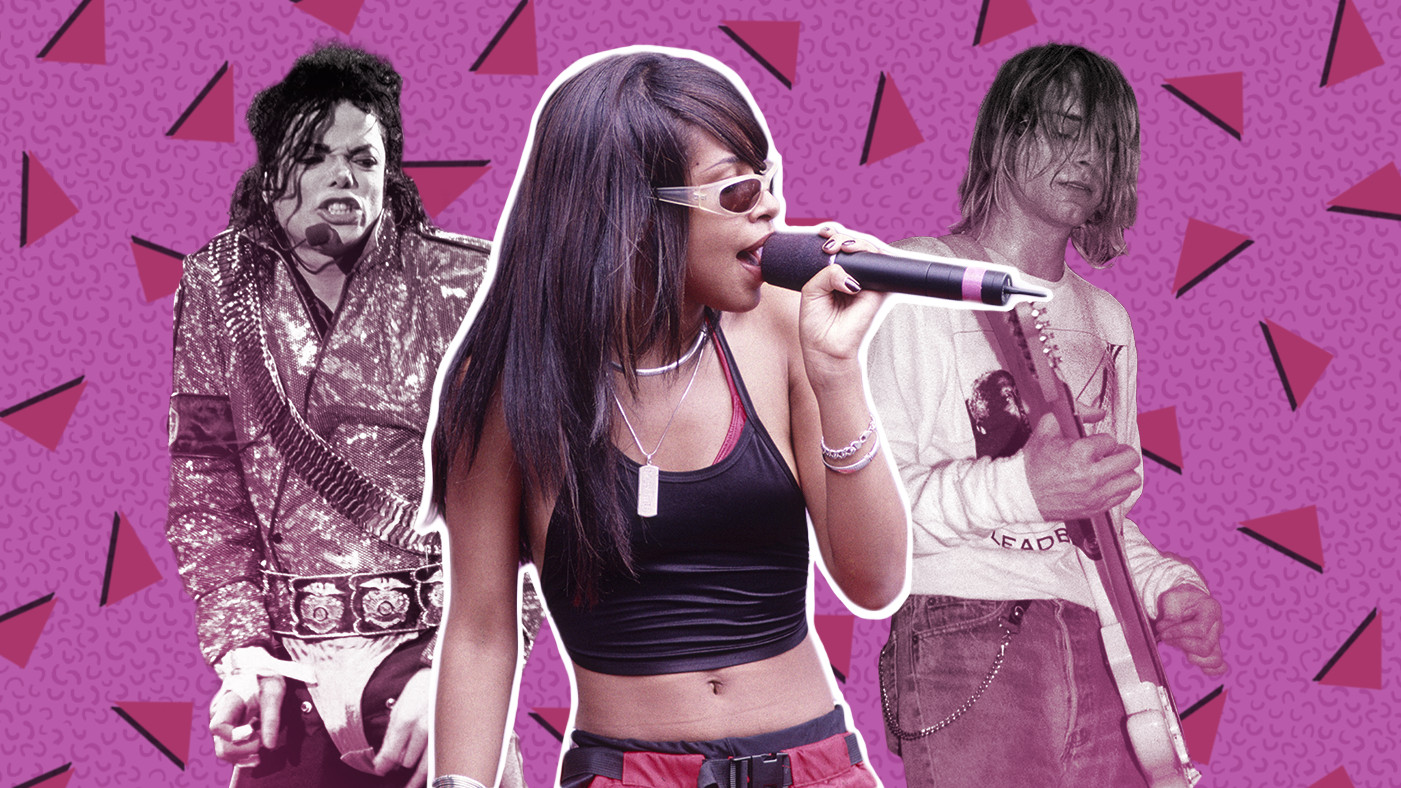 Whitney Houston performing on stage, representing 90s R&B and powerful female vocals.
Whitney Houston performing on stage, representing 90s R&B and powerful female vocals.
Whitney Houston, joined by Faith Evans and Kelly Price, delivered a powerhouse performance with “Heartbreak Hotel.” The song showcases Houston’s vocal range and emotional depth as she dismisses a trifling romantic partner. Her voice builds from nonchalant whispers to soaring high notes, embodying the sweet taste of revenge. At the time, “Heartbreak Hotel” seemed to signal a new chapter in Whitney’s career, but tragically, it marked a turning point, becoming a poignant reminder of her unparalleled talent and the trajectory of her story.
Garbage, “Queer” (1995)
Garbage, fronted by Shirley Manson, combined eerie torch song vocals with alt-rock production prowess courtesy of Butch Vig. “Queer” is a dark and seductive track, with Manson’s breathy vocals whispering, “You can touch me if you want/But you can’t stop.” Her voice, combined with the song’s atmospheric and unsettling production, creates a uniquely captivating and slightly unsettling listening experience, characteristic of the more alternative and edgy sounds of the 90s.
Beastie Boys, “Sure Shot” (1994)
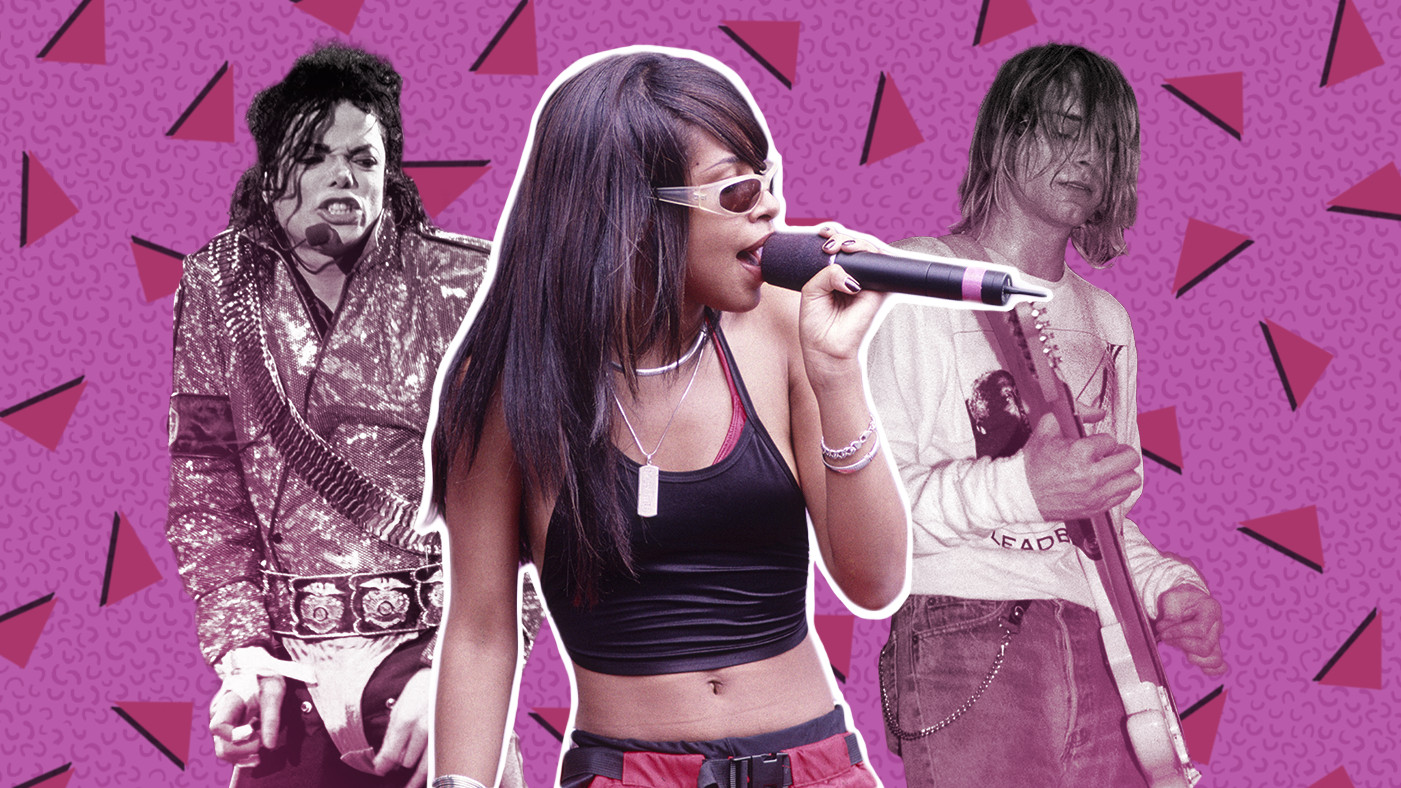 Beastie Boys performing hip hop on stage, representing 90s hip hop innovation and alternative rap.
Beastie Boys performing hip hop on stage, representing 90s hip hop innovation and alternative rap.
The Beastie Boys, showcasing their signature wit and lyrical dexterity, delivered “Sure Shot.” Adam Yauch’s shout-out, “to all the mothers and the sisters and the wives and friends,” became an iconic moment, highlighting their inclusive and socially conscious approach. “Sure Shot” exemplifies the Beastie Boys’ innovative blend of hip hop, punk, and funk, solidifying their place as pioneers of 90s alternative rap.
Sleater-Kinney, “Get Up” (1999)
Sleater-Kinney, the Portland-based punk rock goddesses, captured the feeling of isolation and defiance with “Get Up.” The song’s raw energy and powerful guitars, described as sounding like “a bucket of stars dumped into the universe,” perfectly embody the band’s fierce and uncompromising spirit. “Get Up” became an anthem for those feeling marginalized and determined to resist conformity, resonating with the riot grrrl and feminist punk movements of the 90s.
Outkast, “Rosa Parks” (1998)
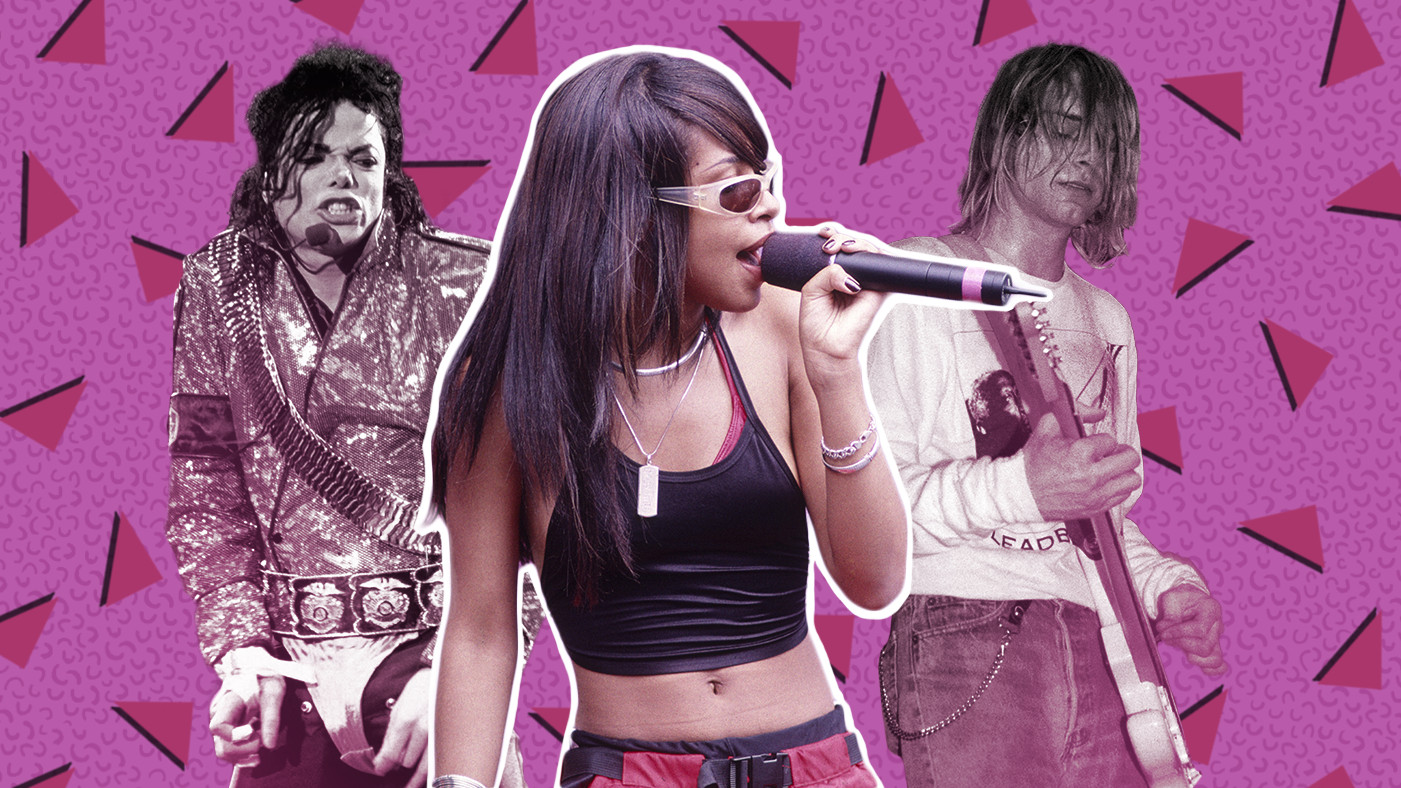 Outkast duo Andre 3000 and Big Boi performing hip hop, representing 90s Southern hip hop and innovation.
Outkast duo Andre 3000 and Big Boi performing hip hop, representing 90s Southern hip hop and innovation.
Outkast’s “Rosa Parks” became the definitive funky-bus jam of the decade, originating from the Dirty South and capturing the attention of the entire nation. The track’s infectious rhythm and Big Boi and André 3000’s unique Southern hip hop style introduced the wider world to the Atlanta sound. Notably featuring the “harmonica solo of the decade” (apologies to Blues Traveler!), “Rosa Parks” also marked the mainstream introduction of the word “crunk” into the cultural lexicon. The song’s enduringly innovative sound solidified Outkast’s place as visionaries of 90s music.
R.E.M. “Nightswimming” (1992)
“Nightswimming” by R.E.M. is a bittersweet and nostalgic piano-driven reverie. Michael Stipe’s poignant lyrics evoke memories of skinny-dipping in the Georgia pines, a longing to hold onto fleeting moments before they fade into the past. The song’s melancholic beauty and introspective nature are characteristic of R.E.M.’s signature sound and their prominent role in shaping 90s alternative rock. It stands as a testament to their enduring artistry and emotional depth.
Ol’ Dirty Bastard, “Brooklyn Zoo” (1995)
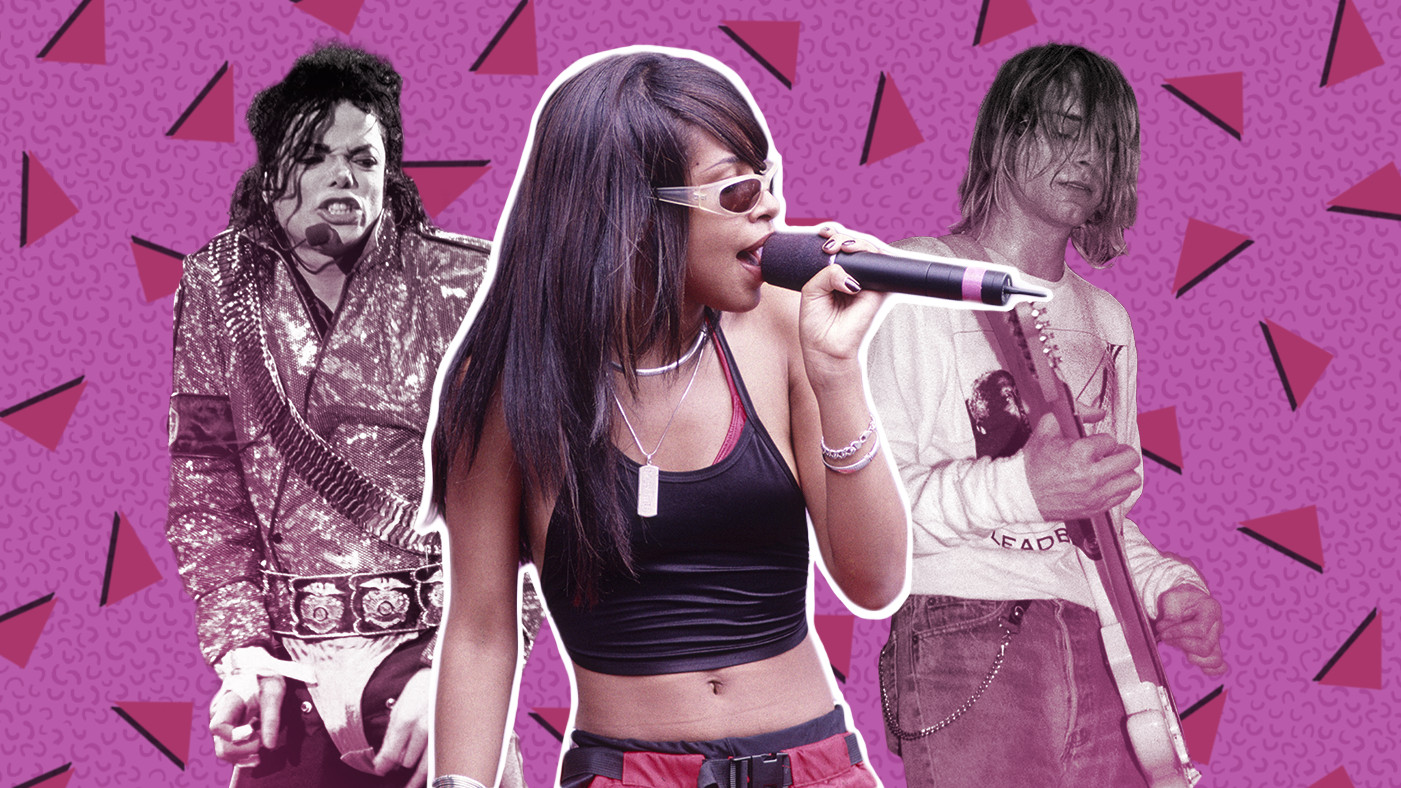 Ol' Dirty Bastard performing on stage, representing 90s Wu-Tang Clan and unique hip hop personalities.
Ol' Dirty Bastard performing on stage, representing 90s Wu-Tang Clan and unique hip hop personalities.
Ol’ Dirty Bastard’s “Brooklyn Zoo” is a prime example of the Wu-Tang Clan’s unique and groundbreaking approach to hip hop. While the Wu-Tang universe was typically designed for album-length explorations, “Brooklyn Zoo” became their most successful and humorous foray into radio airwaves. ODB, a.k.a. Big Baby Jesus, unleashed his signature chaotic energy over RZA’s broken piano key production. The song’s raw and unfiltered energy proved that Wu-Tang’s appeal could transcend their complex albums and reach a wider audience, demonstrating that “Wu-Tang really is for the children.”
The Breeders, “Cannonball” (1993)
Kim Deal, emerging from the influential alt-rock band Pixies, formed The Breeders with her twin sister Kelley. “Cannonball” is a freewheeling, shaggy-headed, and big-hearted song that became an unlikely radio hit. Its unconventional structure and quirky charm made it stand out amongst the polished sounds of the early 90s. “Cannonball” remains one of the most wonderfully weird and memorable radio hits of the 90s, or any decade.
Hole, “Doll Parts” (1994)
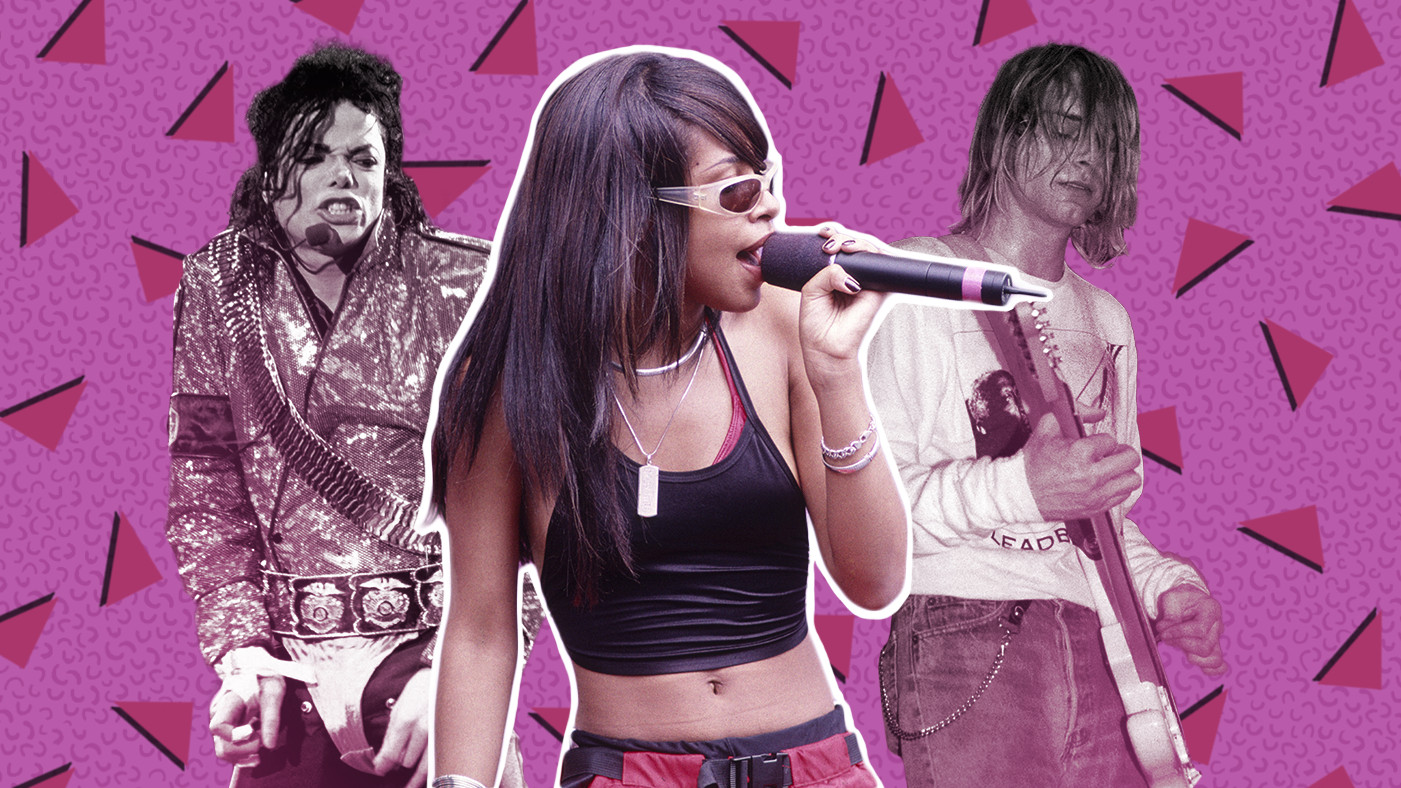 Courtney Love of Hole performing on stage, representing 90s grunge and female fronted rock bands.
Courtney Love of Hole performing on stage, representing 90s grunge and female fronted rock bands.
“Doll Parts” is arguably Courtney Love’s finest and most emotionally resonant moment with Hole. The song’s raw vulnerability and unflinching honesty about female insecurity and societal expectations struck a chord with listeners. The poignant description, “You know how some nights your mom puts on this song, then goes out to the driveway to cry alone in the car? Someday you will ache like she aches,” captures the song’s deep emotional impact and its connection to universal experiences of pain and longing.
TLC, “No Scrubs” (1999)
TLC, the Atlanta-based crazy-sexy-cool trio, closed out the decade they dominated with “No Scrubs.” This hilarious and empowering rant directly addresses “scrubs,” or undesirable men, and their street harassment, but its message extended beyond. “No Scrubs” became an anthem of female independence and self-respect, perfectly encapsulating TLC’s confident and sassy persona. The song serves as a lasting tribute to the late Left Eye’s vibrant spirit and TLC’s enduring legacy in 90s R&B.
Liz Phair, “Fuck and Run” (1993)
 Liz Phair playing guitar, representing 90s indie rock and female singer-songwriters.
Liz Phair playing guitar, representing 90s indie rock and female singer-songwriters.
Liz Phair’s “Fuck and Run” offered a stark and unflinching look at casual relationships and disposable romance in the 90s. Her plainspoken yet emotionally resonant vocals delivered a narrative of fleeting encounters and emotional detachment, a story that unfortunately remains timeless. The line, “Boys only want love if it’s torture,” encapsulates the song’s cynical yet relatable perspective on love and relationships. Phair’s honest and direct songwriting made her a significant voice in 90s indie rock.
Pulp, “Common People” (1995)
Jarvis Cocker, the frontman of Pulp, exudes more charisma and soul in a single exhale of cigarette smoke than many singers possess in their entire careers. “Common People” is a Britpop masterpiece, brimming with wit, social commentary, sarcasm, and undeniable sex appeal. The song’s sharp observations about class differences and human desire, delivered with Cocker’s signature swagger, made it a defining track of the Britpop movement and a cultural touchstone of the 90s.
Missy “Misdemeanor” Elliott, ”The Rain (Supa Dupa Fly)” (1997)
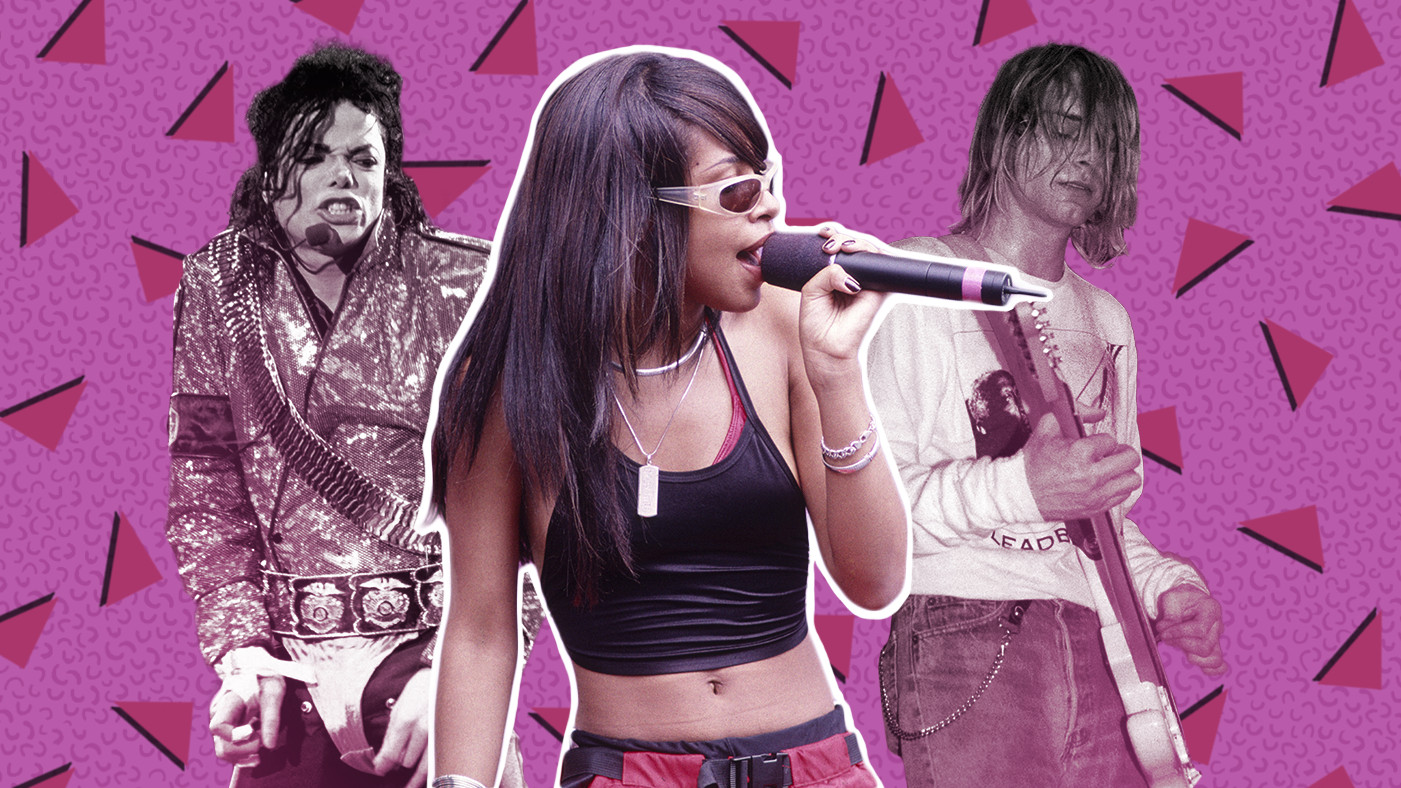 Missy Elliott wearing an inflatable suit in the music video for "The Rain," representing 90s innovative music videos and female hip hop artists.
Missy Elliott wearing an inflatable suit in the music video for "The Rain," representing 90s innovative music videos and female hip hop artists.
“The Rain (Supa Dupa Fly)” marked the explosive arrival of Missy Elliott and Timbaland, a duo that would go on to dominate the late 90s and beyond. Together, they warped a 70s R&B sample into a futuristic and atmospheric soundscape, evoking a long, humid Southern night with crickets chirping and storm clouds gathering. Missy Elliott’s innovative style and Timbaland’s groundbreaking production on “The Rain” signaled a seismic shift in hip hop and R&B, establishing them as major forces in 90s music.
Pavement, “Gold Soundz” (1994)
Pavement’s “Gold Soundz” encapsulates the raw, boyish urgency of the Beach Boys’ Pet Sounds condensed into a concise three-minute burst. Stephen Malkmus and his slacker-rock crew waste no sonic space, every guitar twang and breathy mumble contributing to the song’s emotional surge. “Gold Soundz” showcases Pavement’s signature blend of lo-fi aesthetics and genuine emotional depth, almost as if they cared, or something, making it a cornerstone of 90s indie rock.
Dr. Dre and Snoop Dogg, “Nuthin’ but a ‘G’ Thang” (1992)
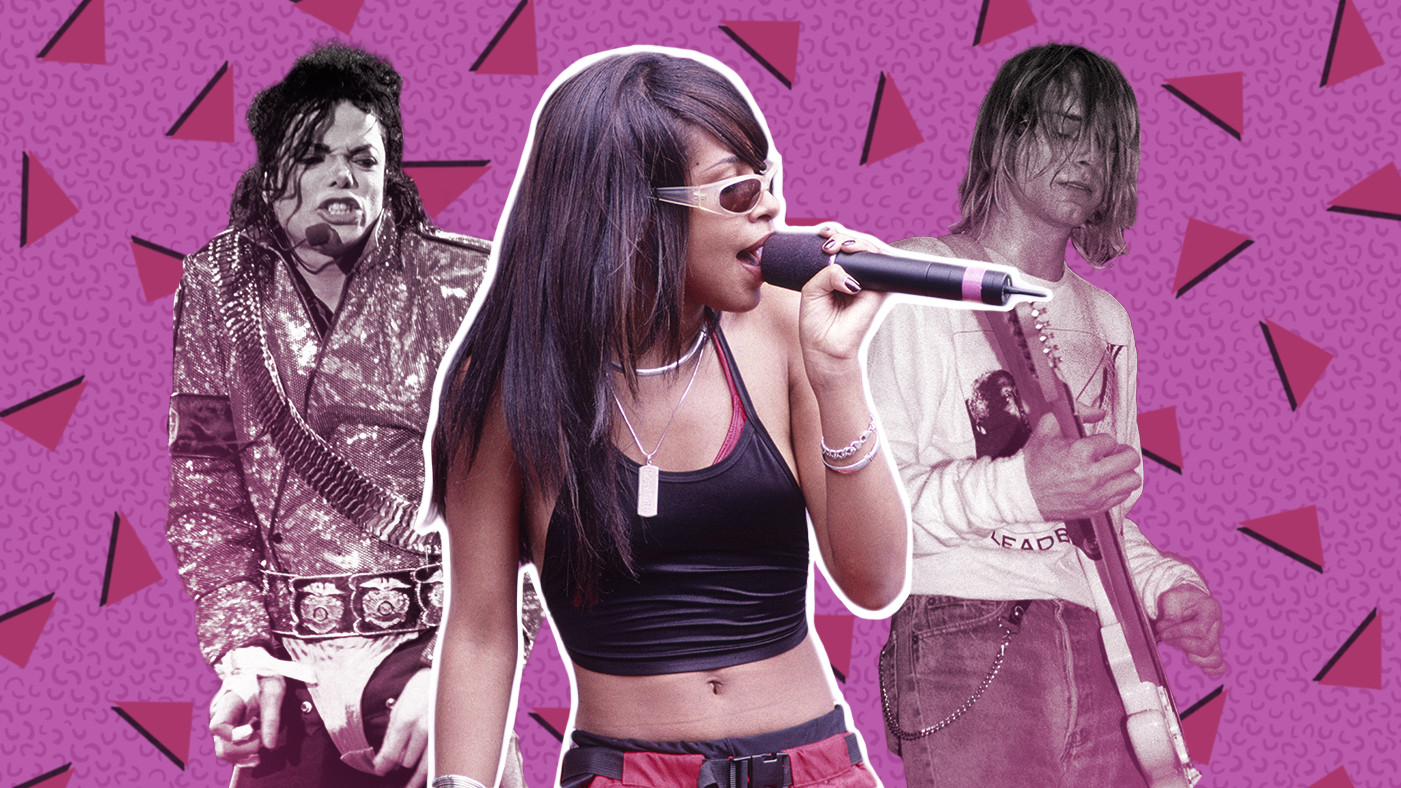 Dr. Dre and Snoop Dogg in the music video for "Nuthin' But a 'G' Thang," representing 90s West Coast hip hop and G-Funk.
Dr. Dre and Snoop Dogg in the music video for "Nuthin' But a 'G' Thang," representing 90s West Coast hip hop and G-Funk.
Dr. Dre, already a legendary producer from N.W.A., returned even stronger with “Nuthin’ but a ‘G’ Thang,” featuring the fresh talent of Snoop Dogg. This G-Funk masterpiece defined the sound of West Coast hip hop in the early 90s. The track’s infectious groove and laid-back vibe, driven by a bass line as authentic as “Real Deal” Holyfield, made it an instant classic and a defining song of the 90s hip hop scene.
Bikini Kill, “Rebel Girl” (1993)
Bikini Kill, led by the ferocious Kathleen Hanna, alongside their “token boy guitar player,” joined forces with Joan Jett in the recording studio to create “Rebel Girl.” This explosive seven-inch single delivered on every radical promise punk rock ever made. “Rebel Girl” became an anthem for the neighborhood girl with revolution in her hips, a powerful example of rock & roll with both political and emotional muscle, a concept considered almost “bizarre” at the time. It became a rallying cry for the riot grrrl movement and a defining punk song of the 90s.
Notorious B.I.G. With Mase and Puff Daddy, “Mo Money Mo Problems” (1997)
 Notorious B.I.G. in a shiny red suit, representing 90s hip hop icons and East Coast rap.
Notorious B.I.G. in a shiny red suit, representing 90s hip hop icons and East Coast rap.
Notorious B.I.G., the late and incredibly influential rapper, possessed more soul and charisma in a mere throat-clearing than many rappers achieve in their entire discographies. “Mo Money Mo Problems,” featuring Mase and Puff Daddy, became an accidental epitaph for Biggie, reaching Number One shortly after his tragic death. Despite the somber context, the song’s upbeat energy and Biggie’s vibrant presence made him sound impossibly alive. The burning question remains: did Mase ever get to see his name on a blimp? “Mo Money Mo Problems” remains a bittersweet and iconic track of 90s hip hop.
Blackstreet, “No Diggity” (1996)
Blackstreet’s “No Diggity” is a utopian celebration of the rump-shaking essence of American music. Teddy Riley, a beatmaster hailing from Virginia via Harlem, masterfully blended doo-wop harmonies, Dr. Dre-inspired beats, old-school R&B sensibilities, a rumbling piano line, and a sample of acoustic blues guitar from Bill Withers. “No Diggity” envisioned a future of musical fusion and cross-genre pollination, a future we are now living in, and all the richer for it.
Nirvana, “Smells Like Teen Spirit” (1991)
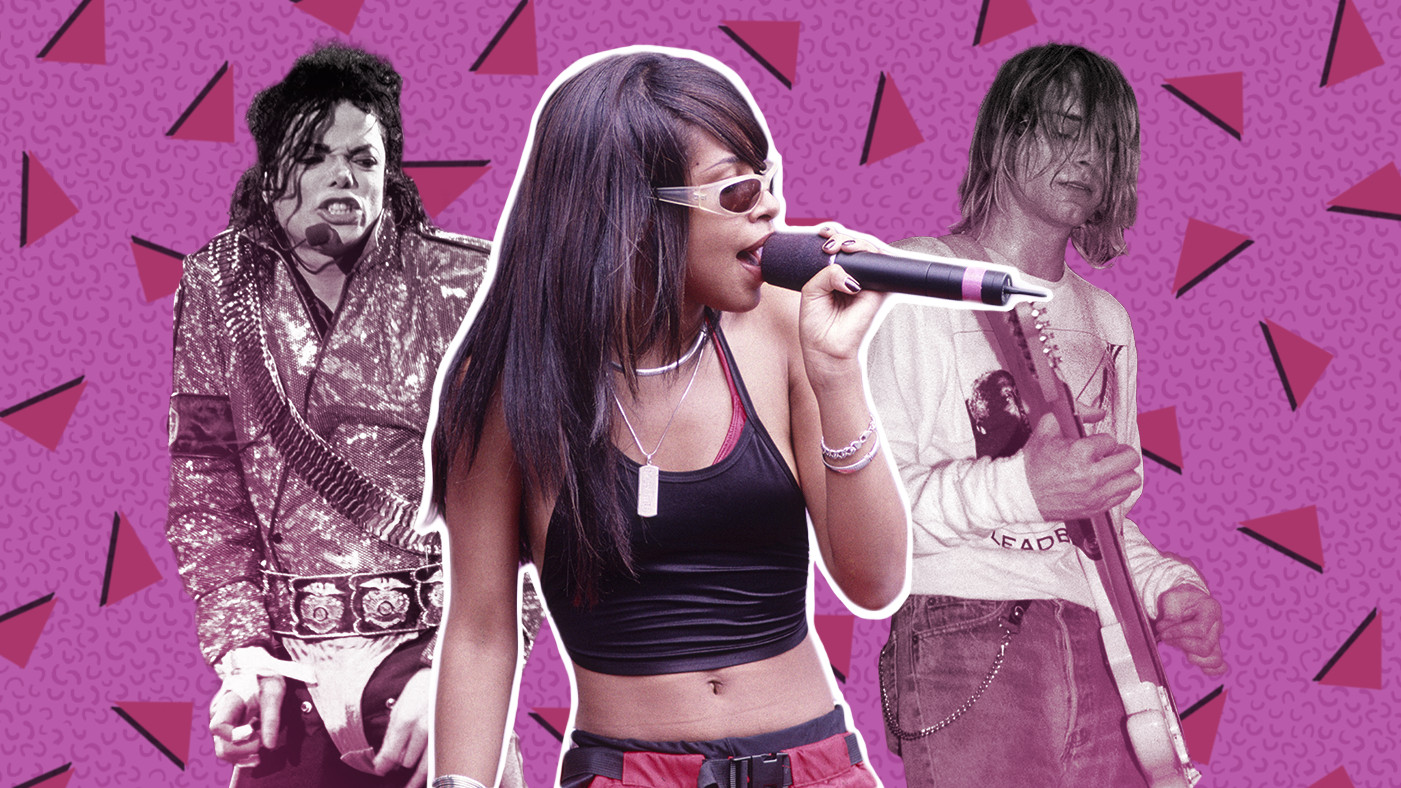 Nirvana performing live, representing 90s grunge and cultural revolution in music.
Nirvana performing live, representing 90s grunge and cultural revolution in music.
“Smells Like Teen Spirit” by Nirvana is the song that irrevocably changed the musical landscape and blew up the world. It defied all established rules of music creation, packing raw emotion into four simple chords and a deliberately “crummy” guitar solo. This song kicked the complacent music industry in the teeth, shattering expectations and challenging the status quo. “Smells Like Teen Spirit” was Kurt Cobain’s direct challenge to the audience, a challenge that continues to resonate and inspire questioning and change even after all these years. It remains the ultimate anthem of 90s music and a testament to the power of raw, authentic expression.

